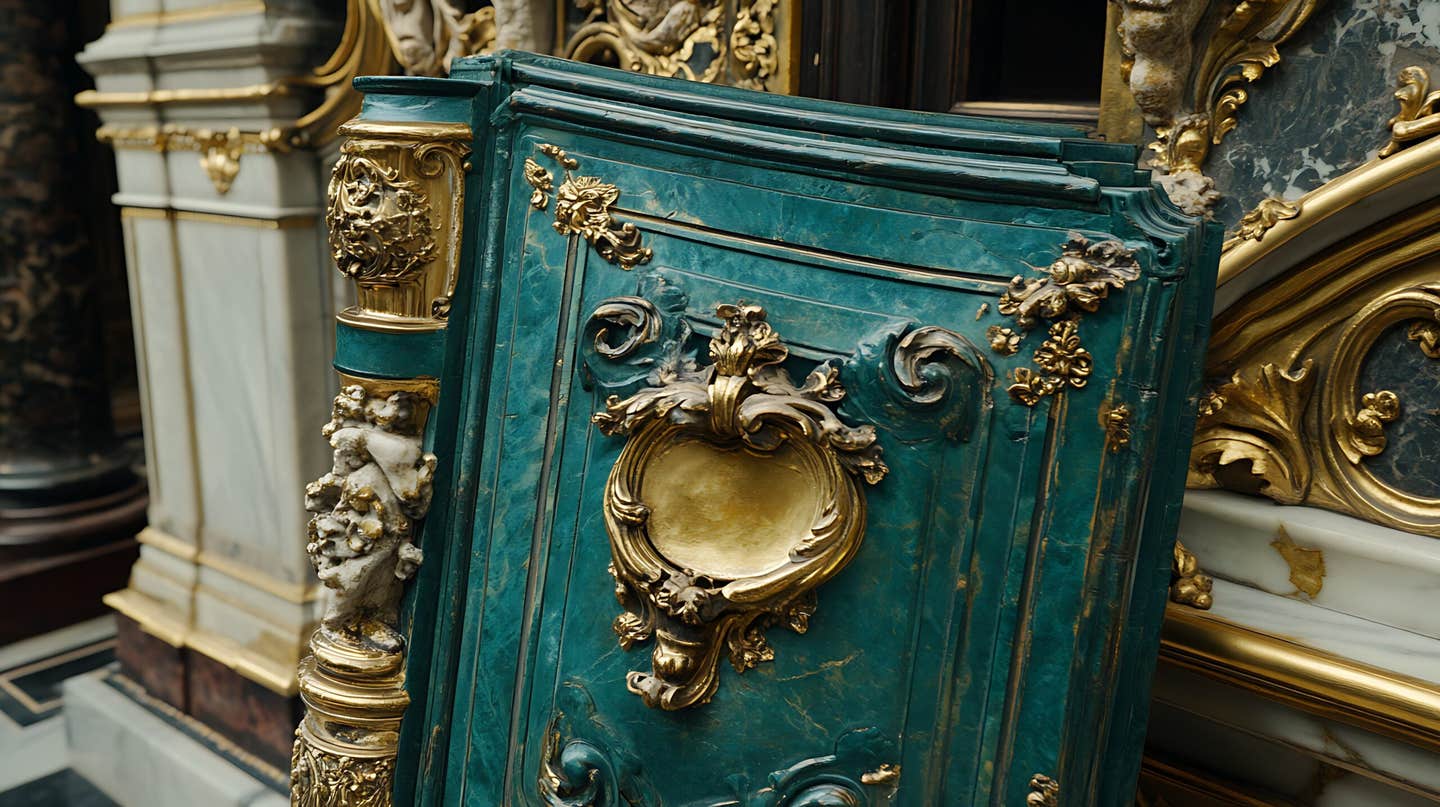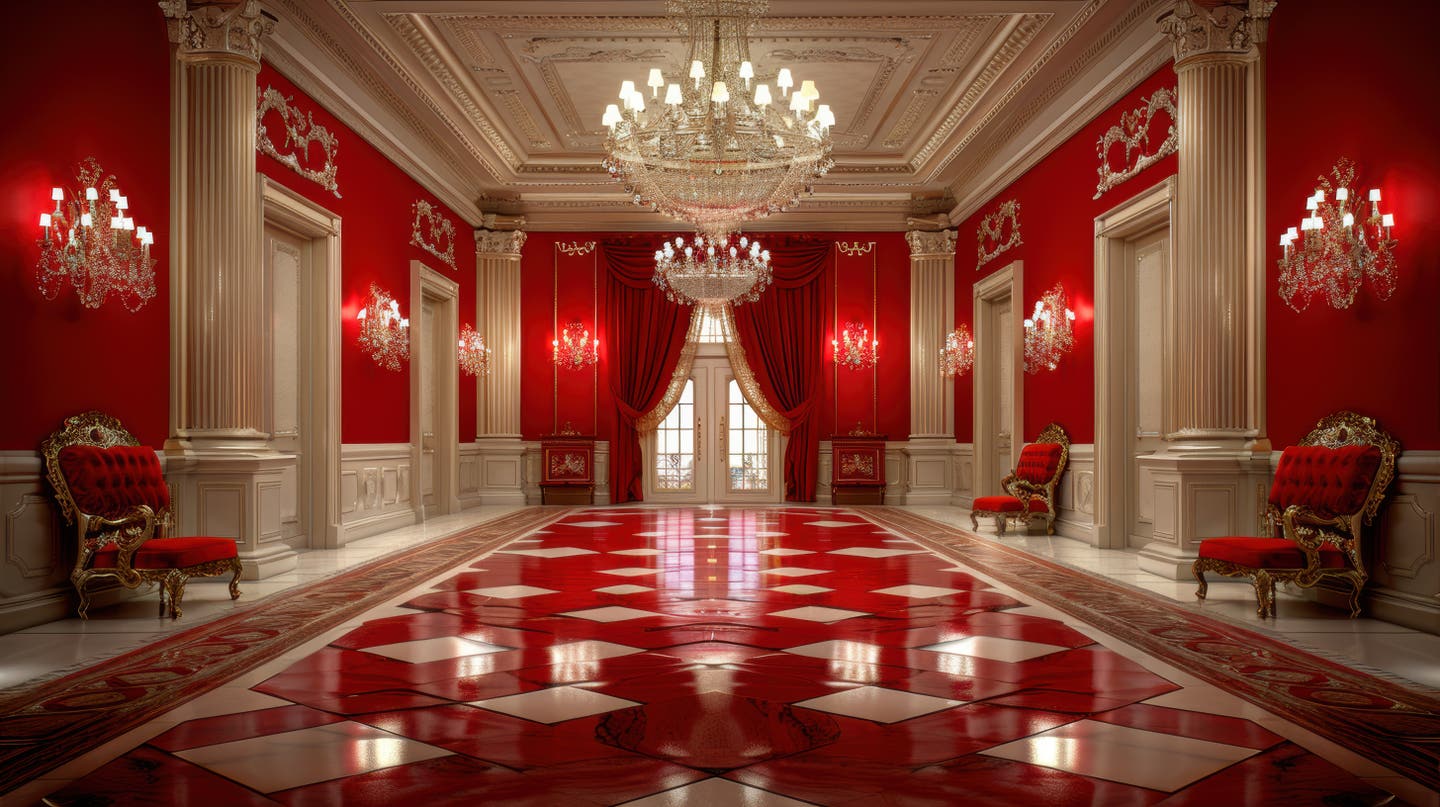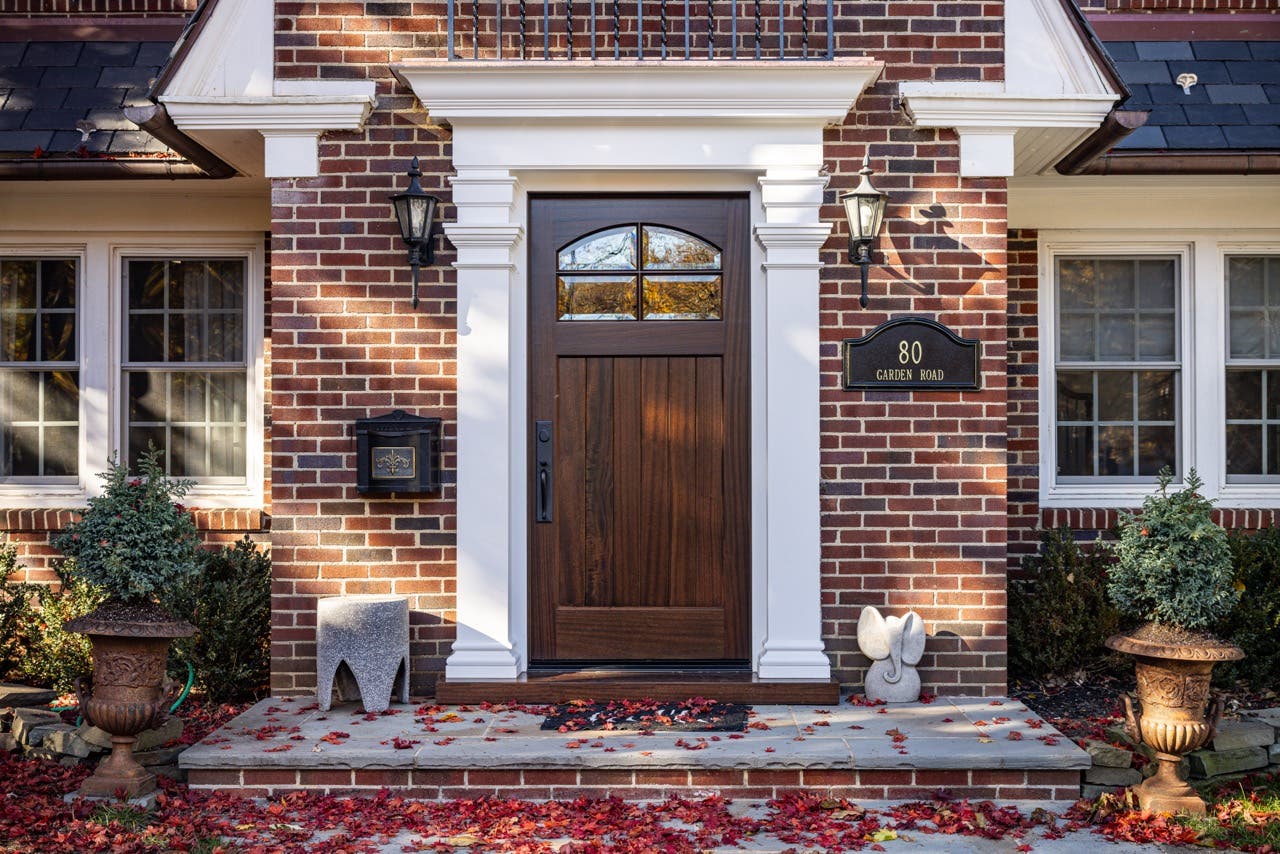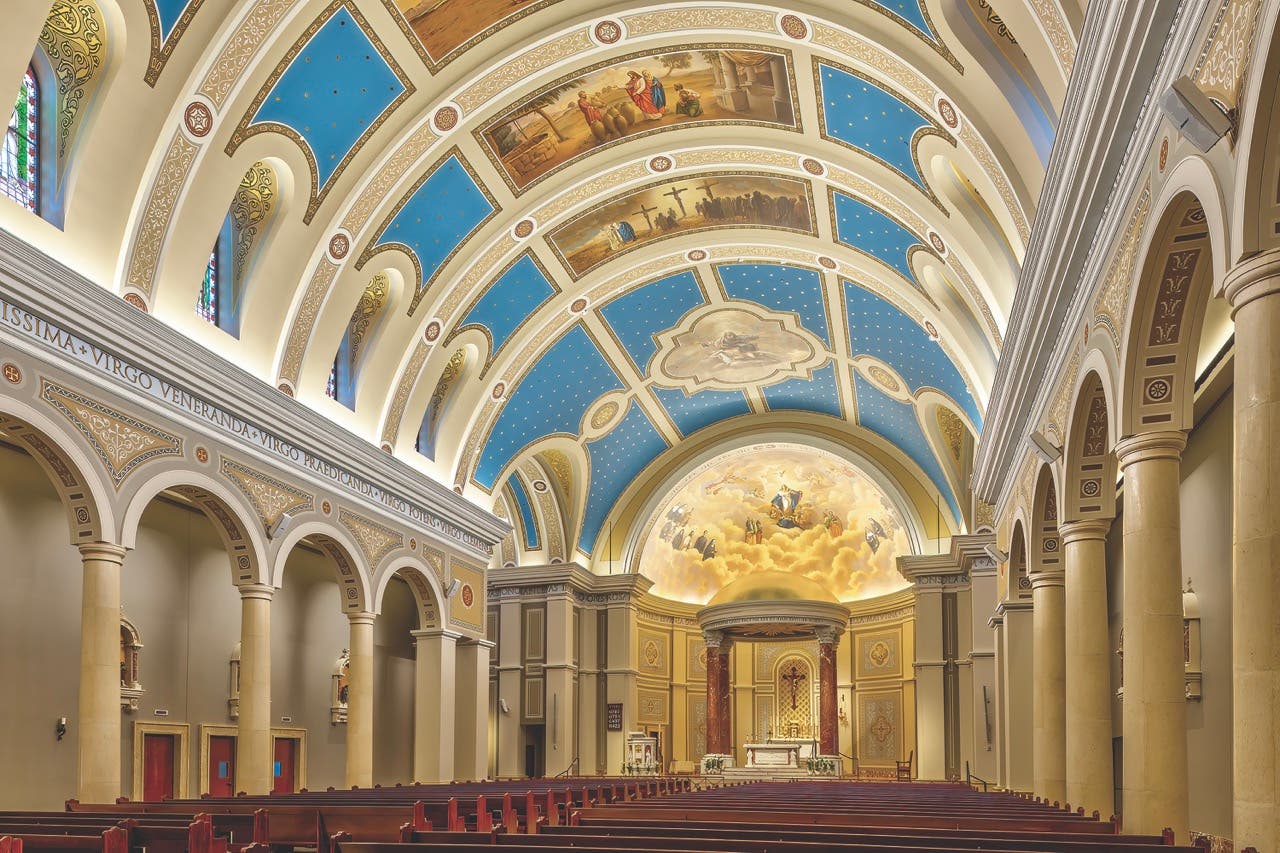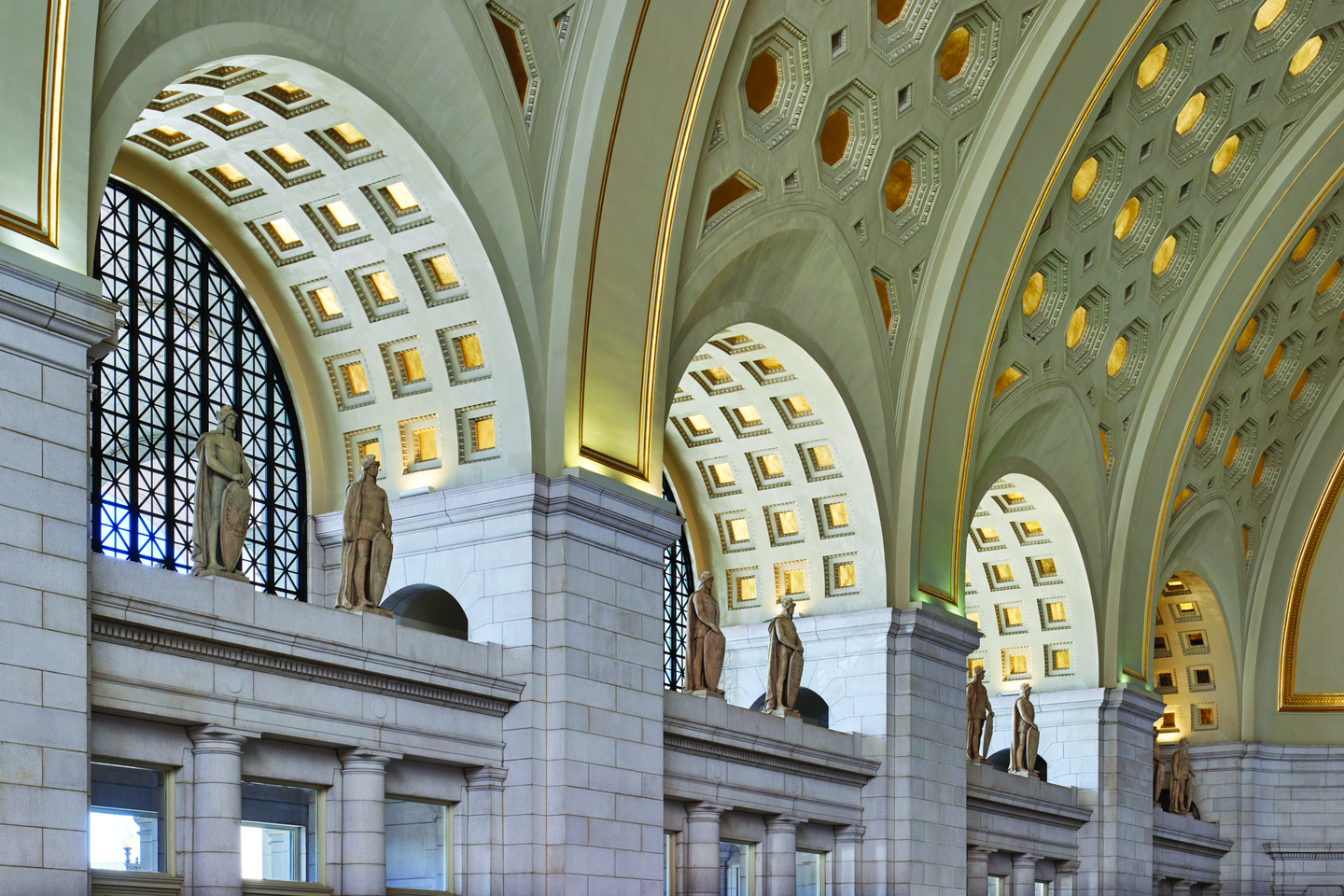
Product Reports
Restoring Statuary
For over a century, the 46 larger-than-life Legionnaire statues stationed in Washington Union Station have stood sentinel over the national historic landmark a few blocks from the U.S. Capitol, silently marking the passage of time—and of all who pass through the halls of this iconic transportation hub.
The nine-foot-tall shield-bearing soldiers were cast in plaster by Louis Saint-Gaudens, the younger brother of sculptor Augustus Saint-Gaudens, over a period of seven years to complement the Beaux-Arts-style station designed by architect Daniel Burnham, who oversaw the design and construction of the 1893 World’s Columbian Exposition in Chicago.
Washington Union Station opened in 1907 and was completed in 1908. The last of the statues were finished in 1913, shortly before Saint-Gaudens’ death.
These stoic Roman soldiers have been on duty since then, a Herculean tour that by 2019, when John Canning & Co. was commissioned by the Union Station Redevelopment Corp. to restore 40 of them as well as the historic masonry and finishes in the building’s Main and West Halls, had left them in various stages of disrepair.
Connecticut-based Canning & Co., which has won numerous awards for conservation and restoration, has worked on a number of historically significant buildings, including New York City’s Grand Central Terminal, the Eisenhower Executive Office Building, and the U.S. Capitol.
The Canning team, led by David Riccio, project executive and company president and a principal; David Gough, project manager; and Rachel Gilberti, lead conservator for the project, assessed and documented the condition of the statues and came up with an individual restoration and conservation treatment plan for each.
“The condition of each statue varied significantly depending on where they were located—to the north, south, east, or west of the station—because they were exposed to different conditions,” Riccio says, adding that the main issues included staining and chipping. “And statues in different areas had had different levels of intervention and restoration over the years.”
The first order of business was cleaning the statues, which was a three-part process. Each was dry-brushed to remove excess dirt, grime, and biological debris (there was a lot of guano from the station’s pigeon inhabitants). Embedded foreign objects were removed with a scalpel, and a conservation cleaning agent was applied with a brush to remove remaining ingrained dirt and grime.
The Canning team tested more than a half-dozen cleaning products to find a gentle solution that would not remove the seven colors of mica that Saint-Gaudens applied to the plaster to mimic natural stone.
“We knew the general direction to go in, so we tried several different materials to see which yielded the best results,” Gough says. “The peel-away options were too abrasive—they took away some of the historic fabric.”
A softer gel method that was allowed to set before removal with water was selected. “It took a little more elbow grease,” Gilberti says, “but there were no losses involved.”
The repair and restoration of each statue included infilling cracks with material compatible with the original and inpainting in custom colors that were created and blended to match the original finishes.
Some of the statues also required plaster repair, which included creating custom molds and molding plaster to replicate sections; consolidating plaster to strengthen weakened and decaying sections; brushing on isolation coating to obscure exposed wiring; and reinforcing the iconic shields with molding plaster to stabilize movement.
The team used electric illuminated scissor lifts to reach the statues, which are 32 feet off the ground, and rolling scaffolding for sections of them that were reachable from the station’s mezzanine.
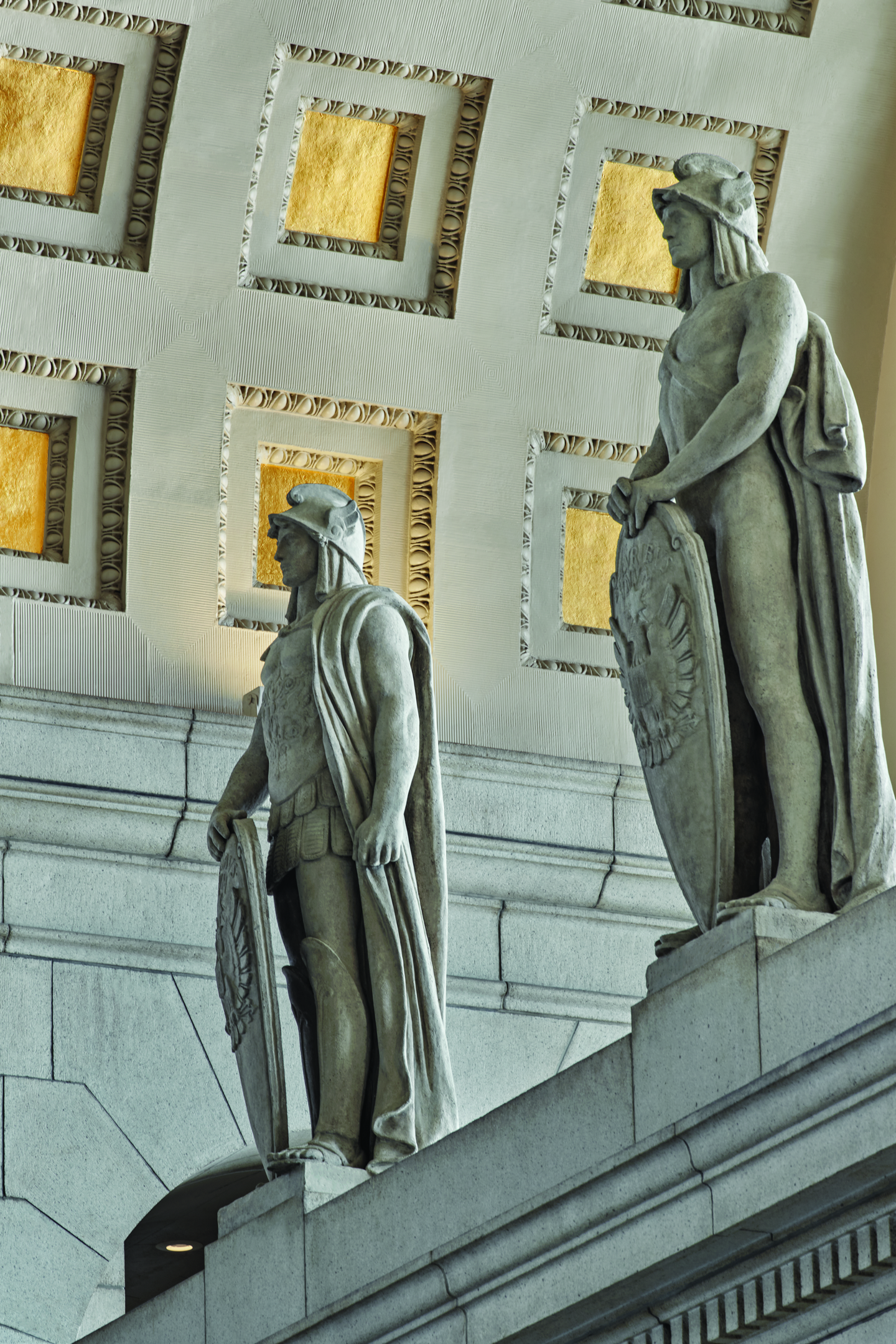
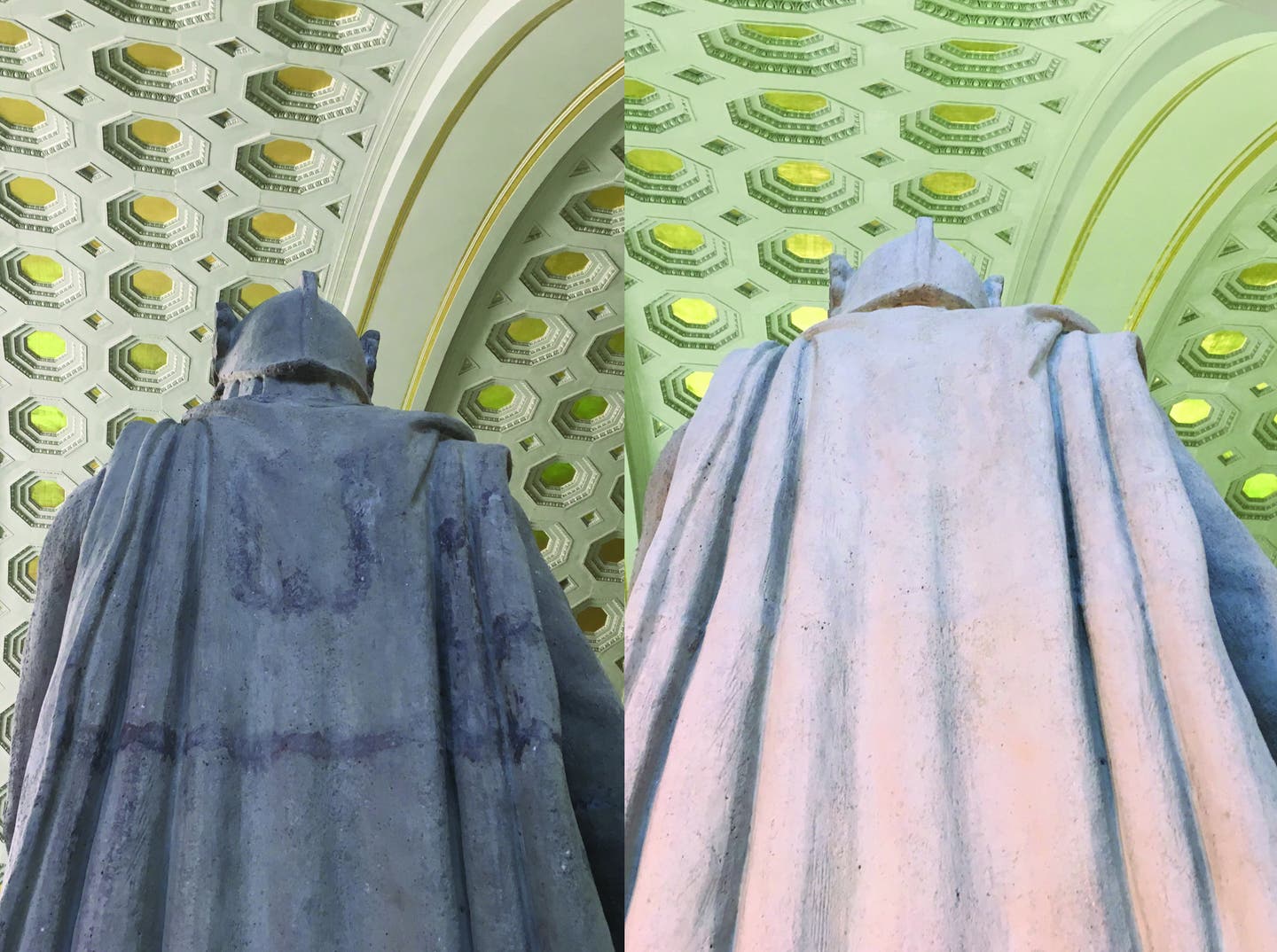

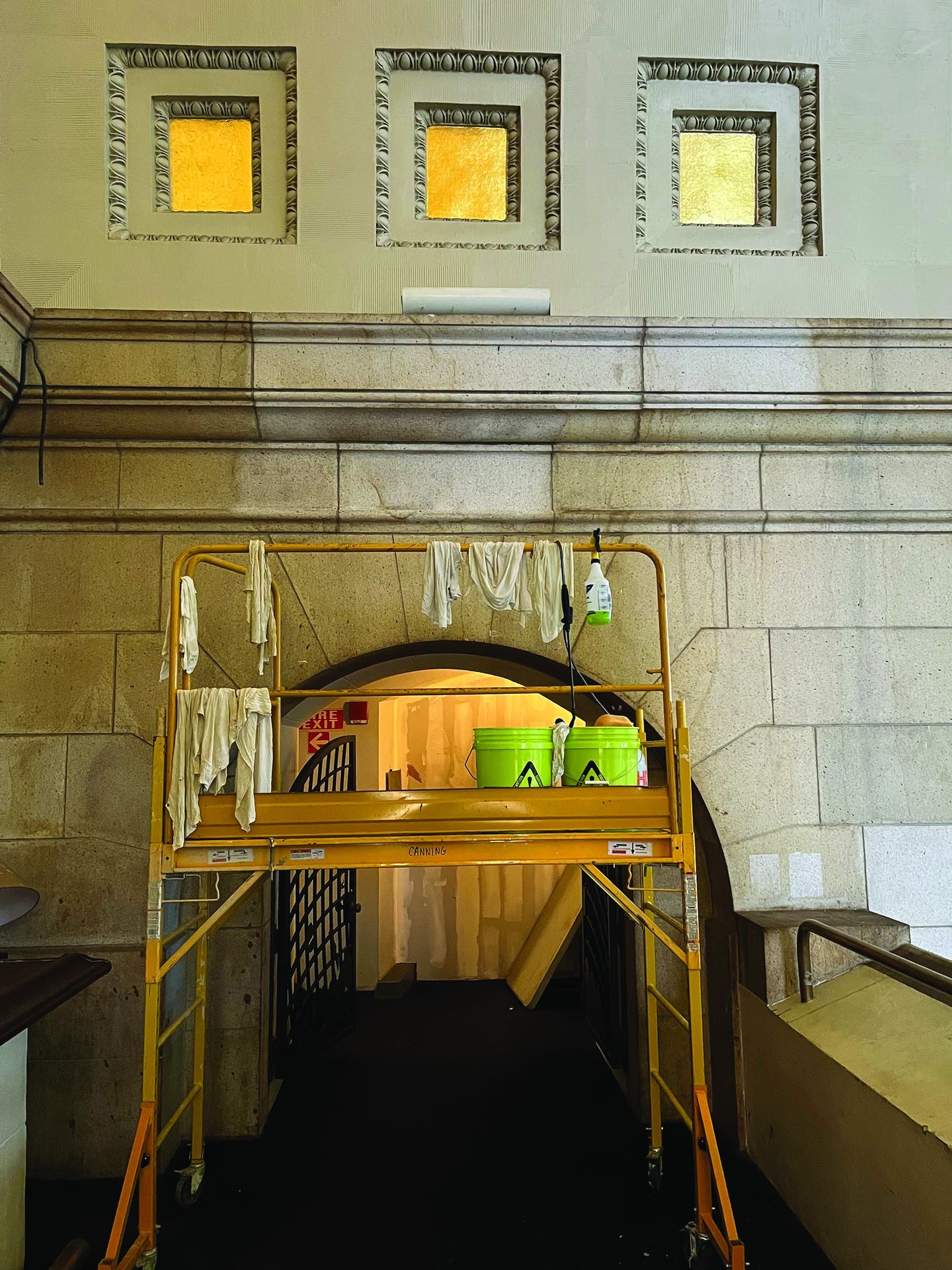
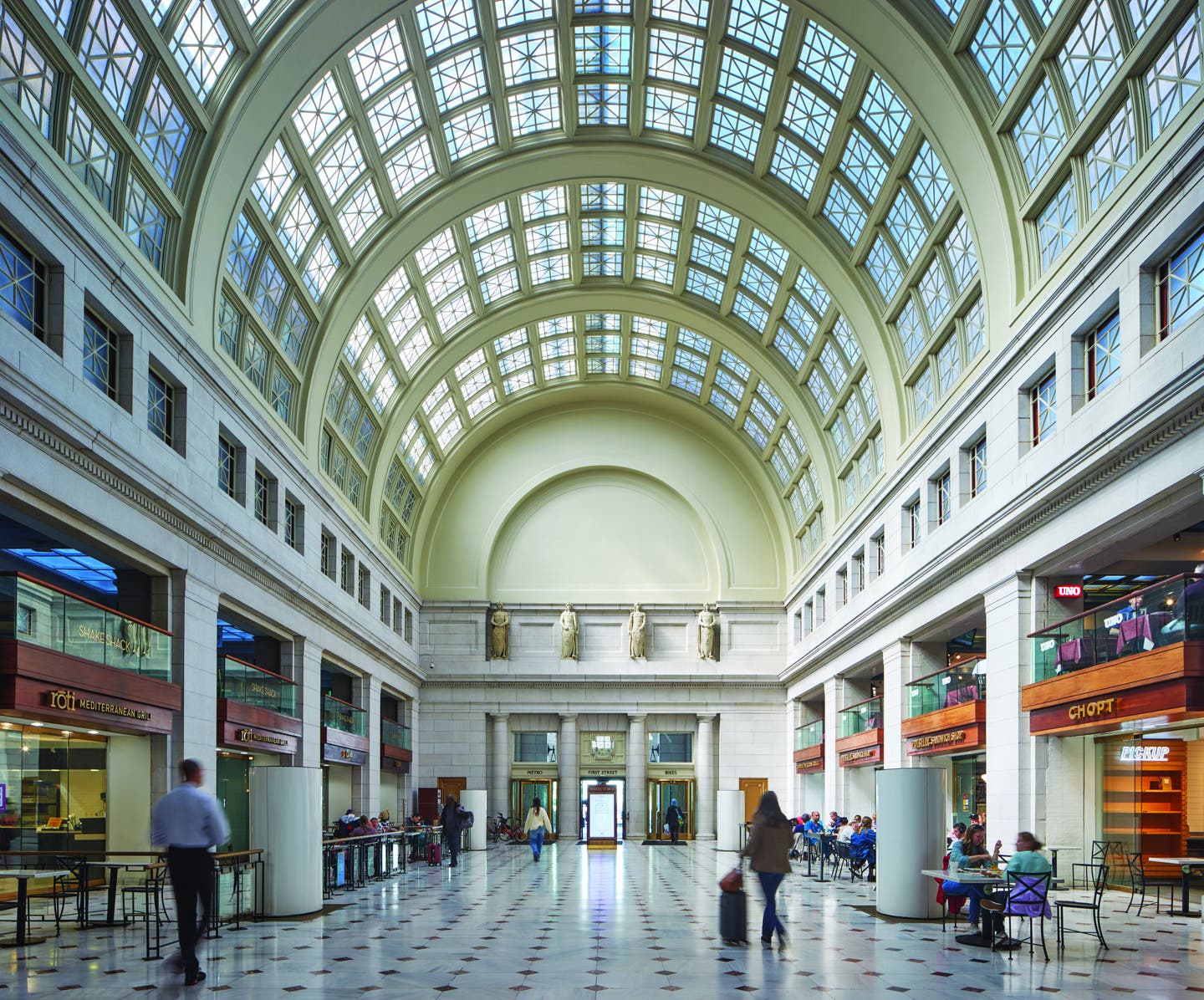
“What stands out for me is that we were there during Covid,” Gilberti says. “There was a shift from things always being in motion to becoming empty. It was an eerie feeling to see the building in a different way.”
The second part of the project was the completion of the historic granite masonry and finishes in the Main and West Halls of the station. The granite surfaces, dirty, heavily stained, and cracked, were cleaned and repaired. The metal doorframes, transom frames, grillwork, decorative plaques, bronze railings, and other fixtures were cleaned and repainted as necessary.
Riccio, Gough, and Gilberti say it was exciting to be a part of making history come alive. “During the project, the CEO got letters and calls from dignitaries from other countries about the restoration, saying how much they appreciated it,” Gough says.
Noting that with Canning & Co.’s recommended maintenance plan, the work will “last quite a long time,” Gilberti says that the restoration is important because “the station
is the doorway to Washington, D.C., and you want people
to be wowed.”
Riccio says the project is “a noteworthy example
of maintaining historic spaces across the United States.
The restoration of historic landmark tourist stops and
significant hubs in the transportation industry, such as
Union Station, assists in the growth and strength of
the community and economy. Taking steps to restore the
magnificent historic Legionnaire statues to their former
glory to continue to watch over all those who pass
through the station helps maintain the lasting symbol
of the protective force for travelers and helps preserve
the historic fabric and structure of the building for
future generations.” TB



